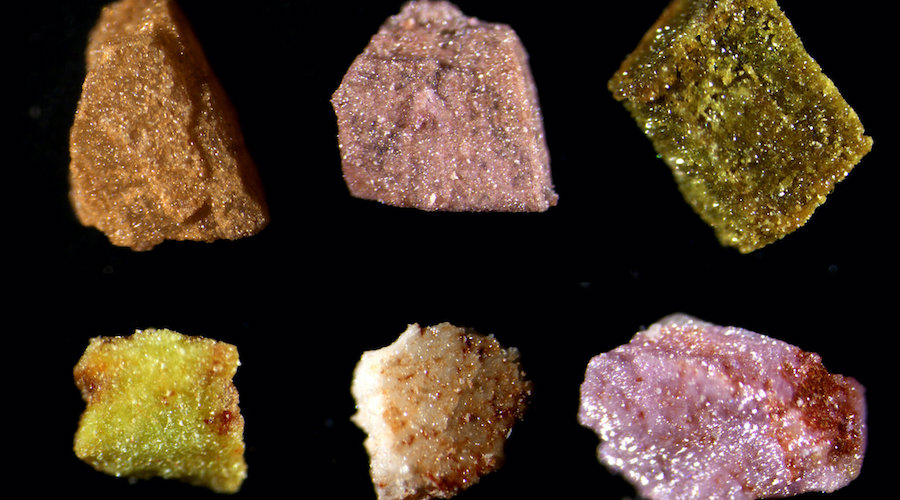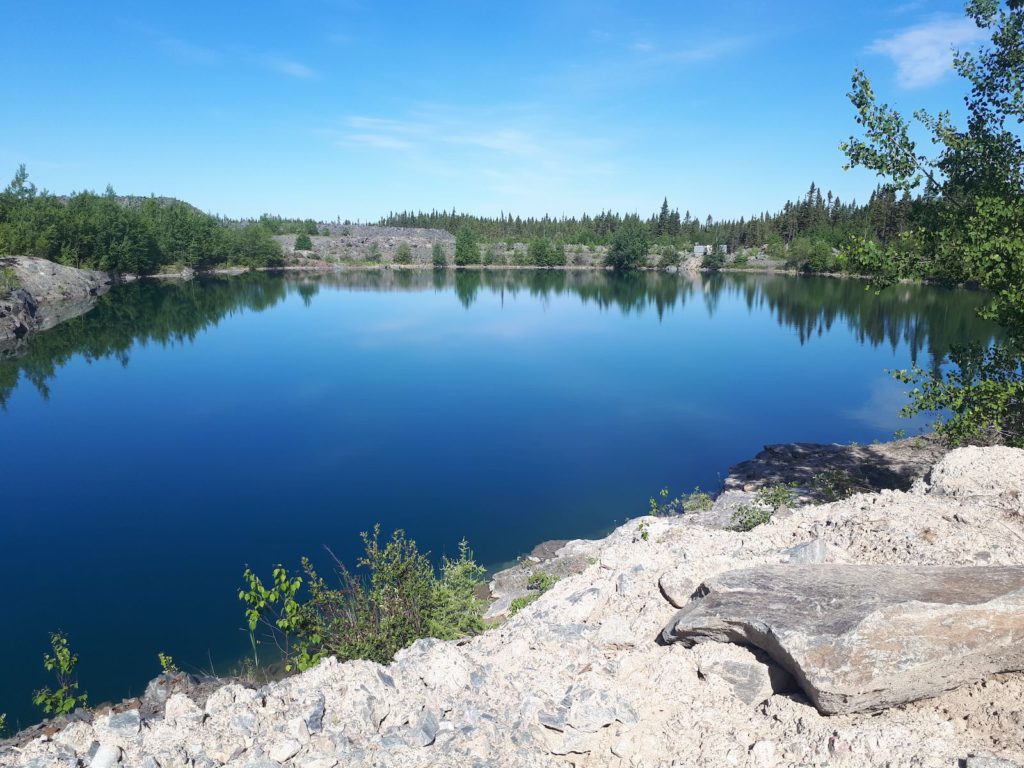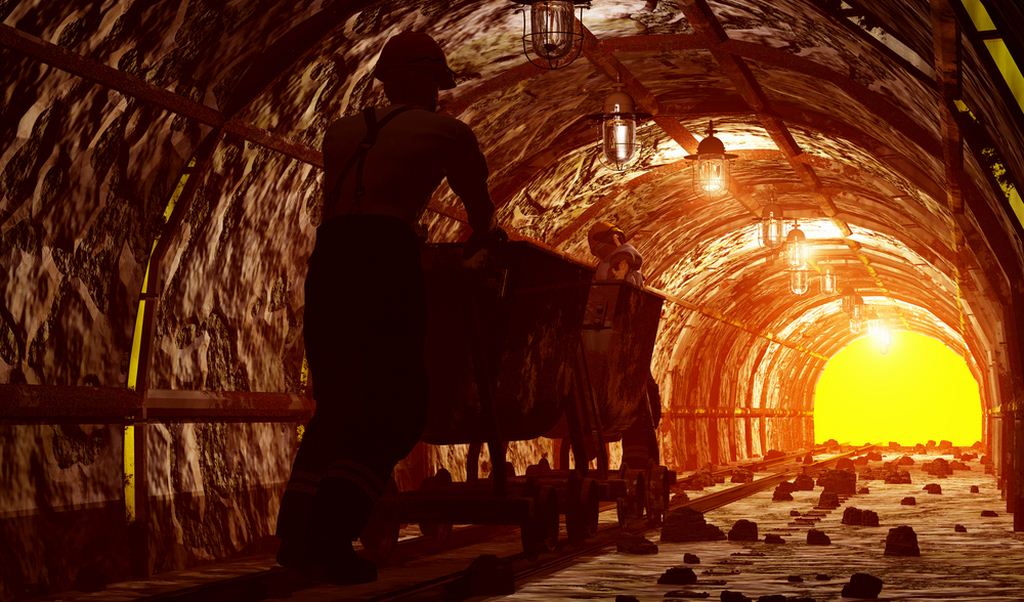Mining
Sunday, September 25th, 2022 7:59 am EDT

“As both the global population and the fight against carbon emissions grow in the wake of global climate change, the demand for REEs simultaneously increases, which is why this research is so important. By growing our understanding of REE formation, we hope to pave the way to a more sustainable future,” head researcher Juan Diego Rodriguez-Blanco said in a media statement.
According to Rodriguez-Blanco, the genesis of rare earth deposits is one of the most complex problems in earth sciences. However, he believes his team’s approach is shedding new light on the mechanisms by which rocks containing rare earths form. This knowledge is critical for the energy transition, as rare earths are key manufacturing ingredients in the renewable energy economy.
The researcher noted that the new study has revealed that fluids containing REEs replace common limestone—and this happens via complex reactions even at ambient temperature. Some of these reactions are extremely fast, taking place at the same time it takes to brew a cup of coffee.
This knowledge allowed the team to better understand the basic mineral reactions that are also involved in industrial separation processes, which will help improve extraction methods and separate REEs from fluids.
Since the team’s primary goal is to understand the complex processes of REE-carbonate deposit formation, they decided to synthesize their own minerals and rare earth carbonate rocks (similar to bastnasite, the critical mineral from which REEs can be extracted from carbonatite rocks). This, instead of studying natural samples.
Once they’ve completed the synthesis process, they then mimic natural reactions to learn how REE mineralizations form.
This also allows them to assess how changes in the main environmental factors promote their formation. Such knowledge, in turn, can help understand the origin of mineralizations on untapped carbonatite resources, which are not only in China – the supplier of 60% of the global REEs need – but also in other areas of the world, such as Brazil, Australia, the US, India, Vietnam, South Africa and Greenland.
“As REEs are playing a critical role in a technology-filled and sustainable future, it is necessary to understand the behaviour of REEs in the geochemical cycle and in basic chemical reactions,” Adrienn Maria Szucs, lead author of this study, said.
This post has been syndicated from a third-party source. View the original article here.




